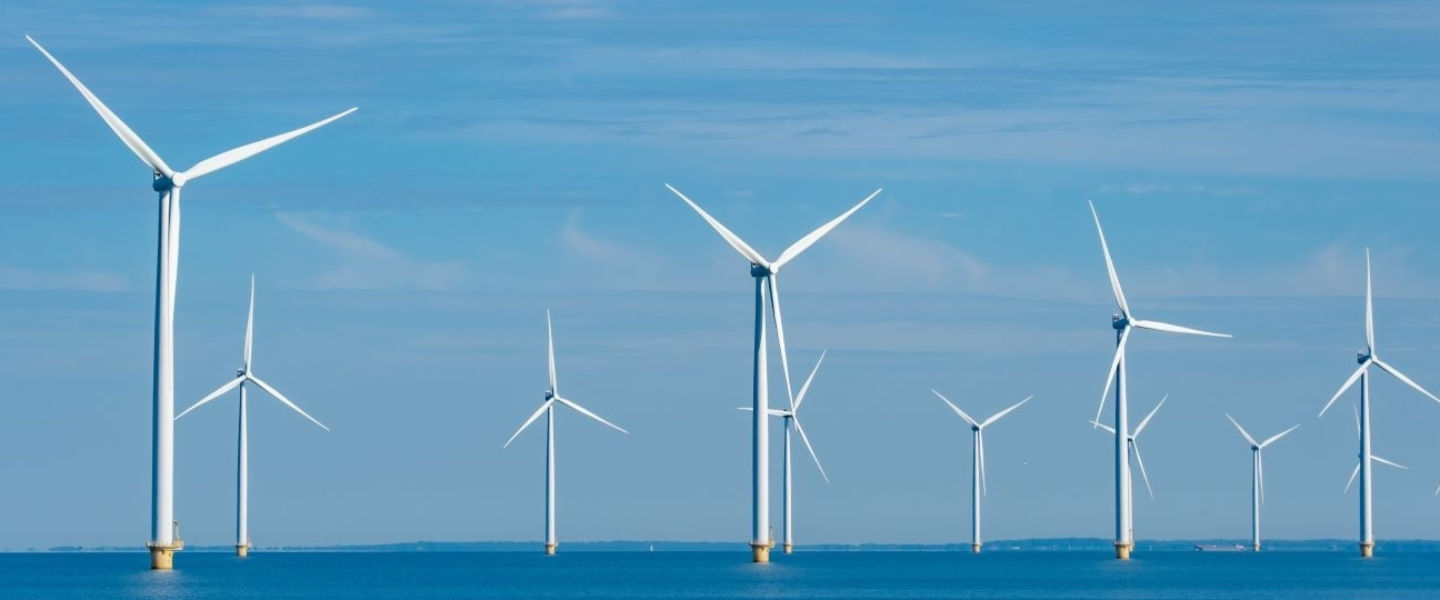The Power System Decarbonization Pathways dashboard aggregates key results of exploratory decarbonization analyses to identify policy and investment priorities to deeply decarbonize the power sector in select countries.
Results include:
- Generation investment needs in billion USD by decade (discounted,[1] cumulative)
- Emissions from electricity generation in million tCO2e by year
- A summary table describing for each scenario:
* Peak demand in MW in 2040[2]
* Electricity generation in GWh in 2040
* Total fuel costs in million USD until 2040
* Emissions in million tCO2e in 2040
* Total investment in million USD until 2040, discounted
* Total coal retirement (MW) until 2040
* Total capacity added in GW until 2040
* Share of generation coming from non-fossil generation (%) in 2040 - Generation capacity in MW and peak demand in MW
- Electricity generation in GWh and share of generation from renewable energy (%)
- Fossil fuel use in million MMBTU by year and share of generation from fossil fuels
- Emission intensity of electricity generation in gCO2e/kWh
- Annual system costs[3] in billion USD (undiscounted)[4]
- Normalized average generation cost[5]
DOWNLOAD DATA IN EXCEL HERE
[1] Annual system cost is the combined cost of the annualized capital expenditure, fixed and variable operation and maintenance costs, fuel costs, and the unmet demand cost (the model-imposed penalty if demand is not met) in each year.
[2] Undiscounted means values are nominal, a discount rate to calculate the present value has not been applied.
[3] The normalized average generation cost is the annual system cost divided by the annual generation, normalized where the base year is equal to one. The value is a proxy for how the generation component of the cost of electricity may evolve over time.
[4] Discounted investment assumes an annual discount rate of 6 percent, which is the rate to discount future cash flows to their present value.
[5] Demand is an input to the model. Demand may be held constant across scenarios to allow for comparison or changed to see the effect of policies such as electrification or energy efficiency measures.
